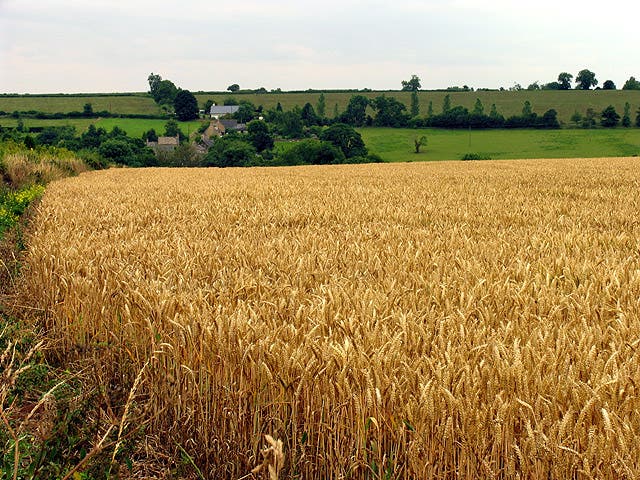You are what you eat. It turns out that you also are what your great-great-great-great-grandmother ate. In particular, some DNA has changed a lot in the past thousand years depending on what people ate. So people who live in different parts of the world with different diets will have different food-processing DNA regions. A new study demonstrates that this has a lot to do with how much vegetables and meat you eat. People from Europe, especially Southern Europe, are suited for a diet with lots of plants. In contrast, people from other regions, such as the Inuit of Greenland, process lots of animal fat better.

To your health
UC Berkeley professor Rasmus Nielsen and his colleagues analyzed hundreds of genomes from people alive today. They compared them to DNA from 101 people who lived in Europe during the Bronze Age, 5000 years ago. They found two gene regions that have changed a lot depending on where people lived and what they ate. These genes are called “fatty acid desaturase 1 and 2” (FADS1 and 2). The FADS genes control how humans convert short-chain poly-unsaturated fatty acids (PUFAs) into long-chain PUFAs. These long-chain fatty acids are crucial to maintain healthy brain, muscle, and visual tissue, as well for immune responses.
A diet with more vegetables and grains produces more short-chain PUFAs. To get the amount of long-chain PUFAs necessary for the body to function well, the FADS genes in Europeans from the Bronze Age evolved to produce more of them. A diet with more meat produces long-chain PUFAs. Therefore it’s not necessary to produce more of them. Indeed, Inuits produce fewer long-chain PUFAs. Their diet is full of fat from seals and fish.
In South Asia, the inhabitants have also evolved for a mostly plant-based diet but with different parts of the same gene. Africans have evolved for a more meat diet, possibly due to the regular hunting of large animals approximately 50 thousand years ago.

Farmer’s life
The European variant of the FADS gene could be due to the switch to a farming lifestyle. When Europeans started eating a lot of wheat and vegetables, they suddenly ate a lot more of the short-chain PUFAs. People who could convert short-chain PUFAs into long-chain PUFAs efficiently were more likely to survive because they were healthier. Their genes were passed on to the next generation. In this way, there was evolutionary selection for being able to process a plant-based diet better.
Your optimal diet is based on your recent ancestors. Forget the paleo diet that claims that foods produced by farming are bad for us and that the optimal diet is what cavemen ate. Since the human diet has been constantly evolving, the human body has responded to better process food. The best food for your body is likely what your ancestors have eaten for the past few thousand years. In extreme cases, such as famine, diet can have an influence on offspring’s genes within only 1-2 generations through epigenetics. All in all, this change is an ongoing process, diets are changing and genes will likely follow.
Journal reference: Matthew T. Buckley et al., “Selection in Europeans on fatty acid desaturases associated with dietary changes,” Molecular Biology and Evolution, 2017. DOI: 10.1093/molbev/msx103 (About DOIs)






